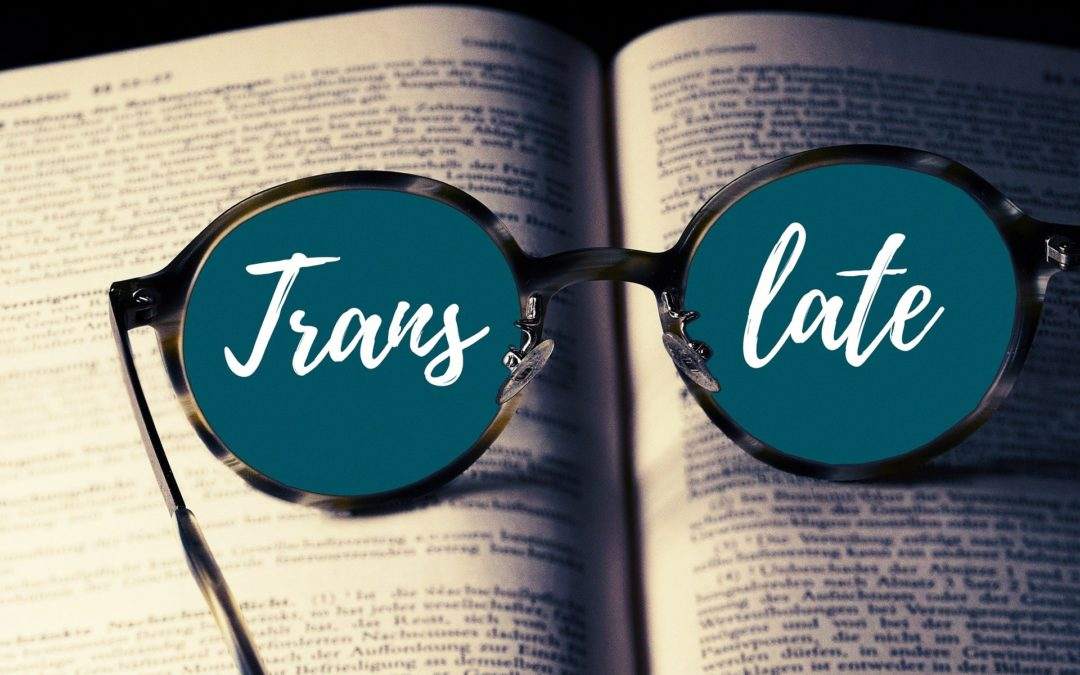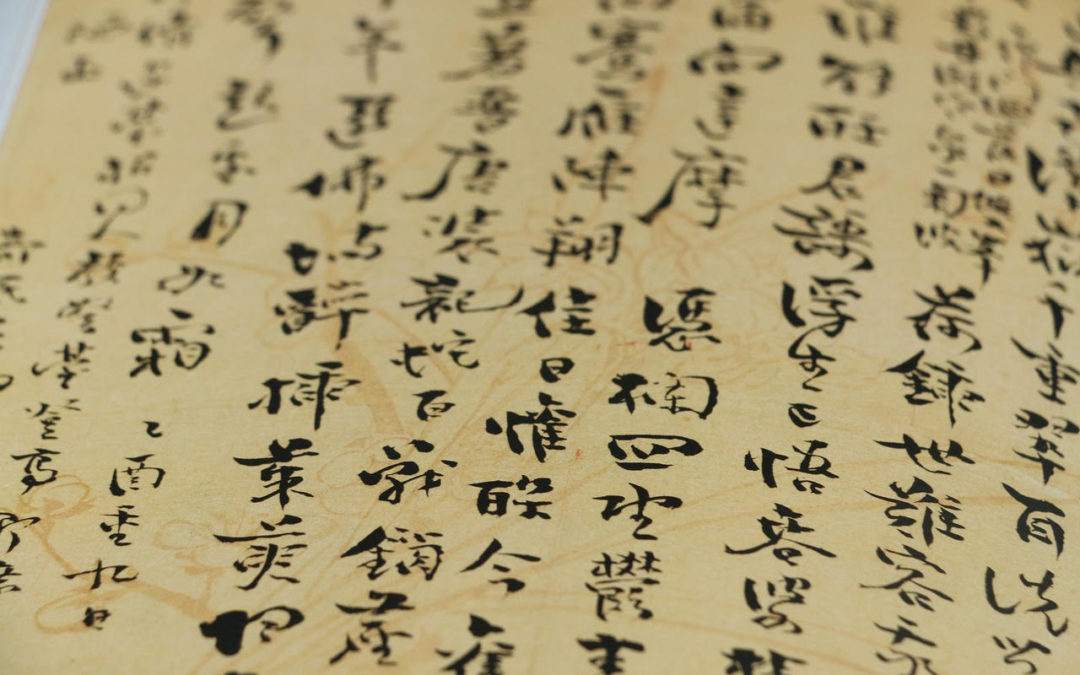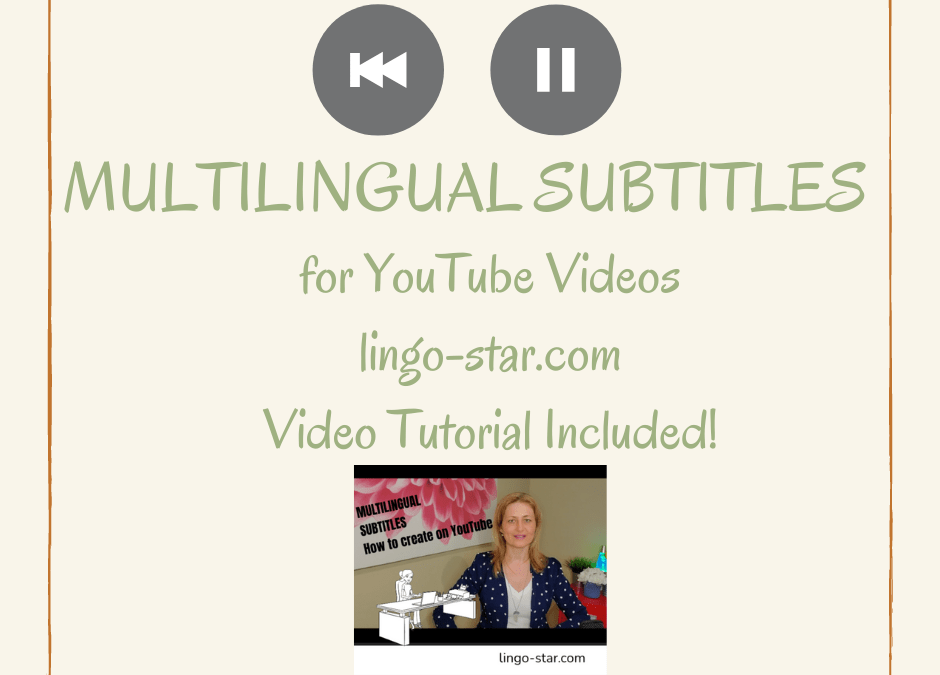
May 25, 2022 | Blog, Holidays, Translation, Worldwide
Relation between travel and translation If you look in a dictionary, you will discover that the English term “translation” has two meanings. The first one says: the process of translating words or text from one language into another. The second one states: the process of moving something from one place to another. We can say that travel and translation are rather connected. A traveller moves from a place to another in order to discover new cities, new words and new cultures. In the same way, translating is a passage from one language to another, from a source culture to a target one. Thus, travel and translation are very much interconnected as they both focus on the idea of movement and passage. So, what happens when a traveller simply moves with their language and culture to another country? Travel books and translation Travel literature translated into many different languages tells us about foreign countries so we can understand facts about other cultures. By reading travel books we can discover new countries. They unveil for us what is hiding out there in the big world. They also allow us to study and compare different cultures. At the same time, a travel writer or a travel blogger translates new travel experiences. They also tell us about another reality by converting their travel experiences into a travel book or a travel blog. The most important moment of a trip and a tale starts when a traveller arrives in some unknown place and must find their way into a new culture. Similarly, a translator describes an experience by translating it from one language to...

May 24, 2022 | Blog, Language Varieties, Translation, Worldwide
Japanese words in English and other languages There are many languages in the world that are difficult to translate into English. Japanese is one of them. One reason for Japanese translation being really hard would be the unique development of Japanese culture. Japan is an island nation surrounded by the sea. For this reason, it developed its own culture and technology while adopting those introduced from the continent a long time ago. In this blog post, we will look at some hard-to-translate words that other languages and countries have adopted in their original form. With globalization, Japanese food culture is also spreading to other countries. Indeed, different Japanese meals and food items are being presented in the Japanese language in other countries. Some of the most popular examples of Japanese food names are sushi, tempura, ramen, and wasabi. Japanese translation and pop culture Another influential phenomenon is the Japanese modern pop culture. The globalization of recent years has led to the spread of Japanese pop culture worldwide, along with a growing preference for works that are uniquely Japanese. Two perfect examples of words being used in other countries using the original Japanese wording are Anime and Manga. A manga is a story that uses pictures and texts. On the other side, an anime is short for animation, wherein a cartoon has dialogue and music that cannot be heard in the comic. Thanks to these entertaining blockbusters, some of the Japanese words appearing in them are becoming widely used. For example, the word kawaii means cute or adorable. Japanese translation phrases derived from Japanese culture Another characteristic of Japanese culture...

Feb 14, 2022 | Blog, Translation
It is undeniable that every language brings with it not only a grammar code but also an entire culture. We do not translate culture only by directly using a language. We also apply various forms of intercultural communication. This is why it is important to have an intercultural approach when translating culture from one language to another. Intercultural Translation – Translate Culture through Words Of course, there are languages and industry fields where direct translation prevails, such as information technology or science. But in other fields, we cannot ignore the relevance of intercultural aspects. There are some intercultural words, or rather, words that influence and shape realities unknown in other language groups, or words shared with other languages but used for a different concept. For example, a lot of English words are used in Italian with different meanings. It’s the case of mister, which means football coach, or scotch, used to designate adhesive tape. The Use of Realia To translate culture means to convert a text through words called realia (personal names, places, names of food, etc.). We use these words in translation to indicate culturally specific objects that are very difficult to translate. The vocabulary connected to a determined culture or that belongs to a specific linguistic community contains words and expressions that describe events or objects representative of this culture. Simply put, some words have a local or historical “colour” and often, we do not have the perfect equivalent in another language. We can translate these realia by using different strategies. We can invent a new word (neologism) or we can replace the realia with a description....

Aug 26, 2021 | Blog, Environment, Translation, Worldwide
Africa is the world’s hottest and second largest continent on Earth. Made up of 54 countries, there are approximately 1,000-2,000 different languages spoken across the continent. Africa has barely contributed towards climate change and yet it is one of the hardest hit by its effects. The impact of climate change in Africa Africa has experienced significant increases in temperatures and dramatic decreases in precipitation. Tropical storms have also been more frequent and more intense, as well as dust storms in June and July. Higher temperatures, drought, changing rainfall patterns; all these climate changes are already a reality and will only worsen if we don’t take action urgently. How translation is helping fight against climate change The main reason for climate change is the burning of fossil fuels. Other reasons are deforestation and farming. Indeed, all are causing the planet to heat up. But global warming is only one aspect of climate change. Human activities are directly responsible for climate change and people therefore play a pivotal role in its reversal. The population of Africa is currently 1,374,627,468. In some countries of Africa, the lack of adequate education and limited access to knowledge pose real widespread problems. Consequently, most people in Africa are not aware of environmental issues. In addition, in some of its countries, people don’t speak English or languages other than their own native language. Therefore, if a person can’t speak a certain language or isn’t aware of environmental issues, how could they understand the meaning of global warming or do anything against climate change? One of the best ways to help people in Africa address climate change...

Jul 26, 2021 | Blog, Language Services, Traditions, Translation
Invitation to Classical Chinese Poetry has been one of the most ancient and significant genres of literature all over the world. One of the reasons is its ability to express millions of delicate feelings. Chinese poetry is written in a way that enables readers to enjoy the beauty of the language. There have been many attempts to translate poems from Classical Chinese to English. As a result, these poems have become more popular around the world. In this blog post, we focus on Chinese poetry and try to explore its depth through a poem from a prominent Chinese poet so read on! What is Chinese poetry and why is it so attractive? With its long history, China has one of the richest cultural backgrounds in the world. Some of the very first elements of their cultural heritage appeared in the form of poems. Those poems used Classical Chinese (also known as Literary Chinese). They are far different from any modern form of the Chinese language we know today. So why haven’t they all been forgotten by now? In fact, many people still love and study these poems today. It is due to the sophisticated and beautiful way in which they express ideas and provide profound insights into life and beauty. Classical Chinese to English Although translating Chinese ancient poetry is an extremely challenging task, there have been many attempts to translate poems from Classical Chinese to English. Thanks to those contributions, we now have access to the world of old Chinese poetry. We’ve picked one of the highly appreciated poems translated from Classical Chinese to English so that you...

Apr 11, 2021 | Blog, Communication, Language Services, Tips, Translation
Learn how to produce multilingual subtitles in your YouTube videos Have you ever considered adding multilingual subtitles to your YouTube or company videos in English, Spanish, French, Chinese, Arabic, Russian or any other language? Do you see yourself or your company as a global communicator and multilingual content creator? Would you like to gain more exposure in different countries where people do not speak English as their native language? In this blog post and video tutorial, learn the basics of subtitling using YouTube Studio and how to easily add English and multilingual subtitles. Learning how to subtitle a video in other languages can be a lengthy process. There is not just the actual translation but also specific subtitling rules to follow. There are various subtitling programs, as well as different ways to display subtitles. Looking to hire professionals to add subtitles to your videos? Get a free translation quote here >>. How can you manage to learn it all? At LingoStar, we’ve used YouTube Studio to translate subtitles from English into French, Spanish, and Czech. We’ll show you the easy way to start creating your subtitled videos in foreign languages. By doing so, you’ll be able to attract viewers in multilingual communities both in your own country and worldwide. Are you ready to become a global entrepreneur? You’ll also find out how to use the closed caption option in YouTube where subtitles can be turned on and off. Furthermore, you’ll get to know about the differences between closed captions and embedded subtitles and how to handle both versions before publishing them on YouTube.YouTube offers the option to add subtitles...






















